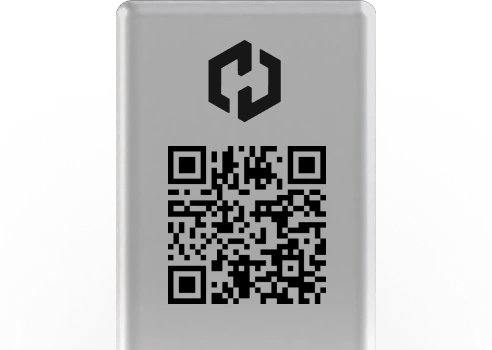Bitcoin is present on the following networks: Bitcoin, Lightning Network.
The Bitcoin blockchain network uses a consensus mechanism called Proof of Work (PoW) to achieve distributed consensus among its nodes. Here’s a detailed breakdown of how it works: Core Concepts 1. Nodes and Miners: Nodes: Nodes are computers running the Bitcoin software that participate in the network by validating transactions and blocks. Miners: Special nodes, called miners, perform the work of creating new blocks by solving complex cryptographic puzzles. 2. Blockchain: The blockchain is a public ledger that records all Bitcoin transactions in a series of blocks. Each block contains a list of transactions, a reference to the previous block (hash), a timestamp, and a nonce (a random number used once). 3. Hash Functions: Bitcoin uses the SHA-256 cryptographic hash function to secure the data in blocks. A hash function takes input data and produces a fixed-size string of characters, which appears random. Consensus Process 1. Transaction Validation: Transactions are broadcast to the network and collected by miners into a block. Each transaction must be validated by nodes to ensure it follows the network’s rules, such as correct signatures and sufficient funds. 2. Mining and Block Creation: Nonce and Hash Puzzle: Miners compete to find a nonce that, when combined with the block’s data and passed through the SHA-256 hash function, produces a hash that is less than a target value. This target value is adjusted periodically to ensure that blocks are mined approximately every 10 minutes. Proof of Work: The process of finding this nonce is computationally intensive and requires significant energy and resources. Once a miner finds a valid nonce, they broadcast the newly mined block to the network. 3. Block Validation and Addition: Other nodes in the network verify the new block to ensure the hash is correct and that all transactions within the block are valid. If the block is valid, nodes add it to their copy of the blockchain and the process starts again with the next block. 4. Chain Consensus: The longest chain (the chain with the most accumulated proof of work) is considered the valid chain by the network. Nodes always work to extend the longest valid chain. In the case of multiple valid chains (forks), the network will eventually resolve the fork by continuing to mine and extending one chain until it becomes longer. For the calculation of the corresponding indicators, the additional energy consumption and the transactions of the Lightning Network have also been taken into account, as this reflects the categorization of the Digital Token Identifier Foundation for the respective functionally fungible group (“FFG”) relevant for this reporting. If one would exclude these transactions, the respective estimations regarding the “per transaction” count would be substantially higher.












